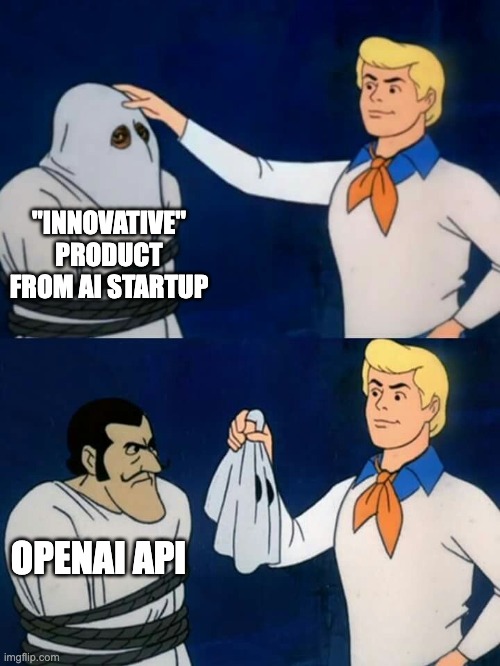What's Next?
Now that I exited Codiga and landed safely in NYC, it is time to think about what’s next.
First, I never realize what a post-exit life would be. My life went from full speed on building a product and a company as a solo founder to a full stop and having time on my hands again. I realize just now the impact of the sacrifices I made while building a company. Some relationships (family, friends, partners) are broken forever and there is just no way to rebuild them. There is also a feeling of void because you literally have nothing to do, and your brain was constantly working of building/selling/marketing/insert-your-favorite-thing.
I am grateful for everything that happened to me over the last few months. I never imagined this would happen to me so quick. I love what I am working on today, and I can’t wait to release the products we are working on. I am slowly rediscovering some very simple things that I enjoy and did not do for a very long time, such as learning a new programming language, riding a bicycle or read a book in front of a lake or a river.
The tech sector is still driven by irrational behaviors. In four years, we went from investor shoveling money to fund Ponzi schemes and “bored apes” to betting millions of dollars on AI companies with no clear path to making money or building a product.

Unlike crypto and the so-called “web3”, Artificial Intelligence (AI) provides real value. We are still in a big “hype” moment that started with OpenAI ; we need to get back to earth and see what the real value of the tool is. The biggest impact will not be on consumer applications (yet) but on B2B software. Established companies clearly understand this and learned their lessons. For example, Adobe did not wait for a startup to shine in the AI space (like Figma did in the collaboration domain): they invested massively in AI from the start and shipped a tool that delivers massive value very quick.
The majority of AI startups are overvalued today. Most of them have no differentiator and are just doing API call to OpenAI or other AI provider. There is no reason but such companies to be more valued than SaaS companies with respectable Annual Recurring Revenue (ARR). Great startups will be the one that have deep expertise in building, training and scaling models.
For investors, this is a great time to bet on non-AI startups, especially SaaS: they have less competition (hence, more potential revenue) and their valuation is not inflated like AI startups.
Coming back to the initial question.
What’s next?
This is what I want to do in the next 18 months.
First, I want to get my life in order. I did not invest as much time and resources as I should have while building Codiga. Building and nurturing relationships is a pillar of our lives and important for our well-being and sanity. There is nothing I can do to fix the past, but I can focus on the future and not repeating the same mistakes again.
Second, I want to invest my time in learning and perfecting my skills in AI. I will not necessarily specialize in LLM or generative AI (we probably already hit the limits of what is possible today - or we are closed to hit them), but I will learn how ML models work from the ground up. The goal is to understand clearly how to build, troubleshoot, optimize and scale models for a few dedicated niche domains. In this domain, the tiny corp is very inspiring.
Third, I will keep learning Rust. I think that while AI and ML have a bright future, low-level technology is undervalued and misunderstood. Too many people do not understand how a machine works and the underlying benefits of safe, clean and performant code. I recently re-wrote the Codiga analyzer in Rust and I have been very surprised by how good the language is and how fast it runs. I am planning to make Rust my primary language in the coming months.